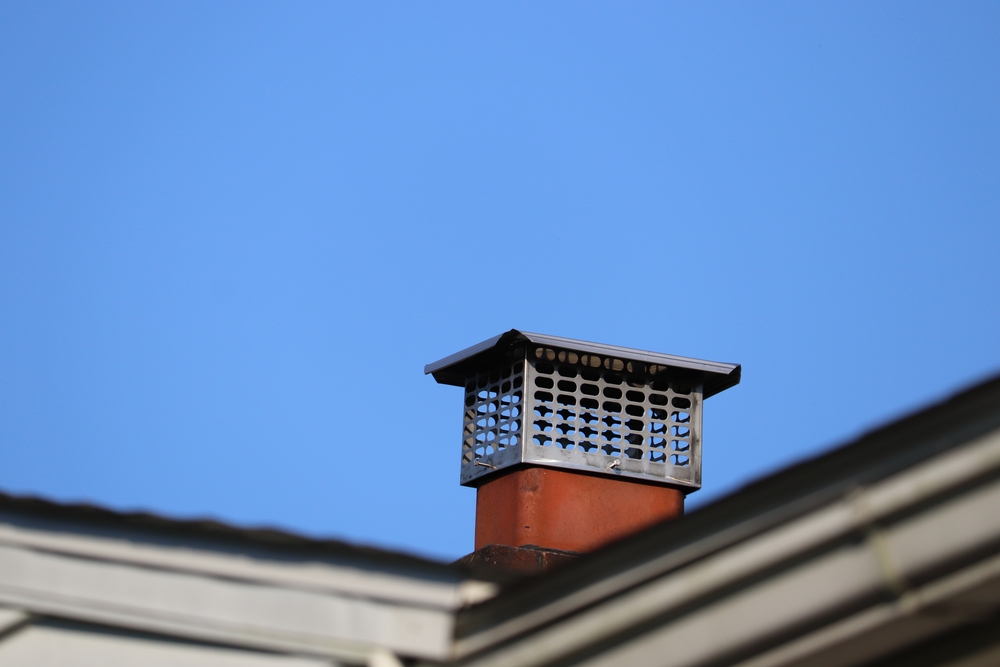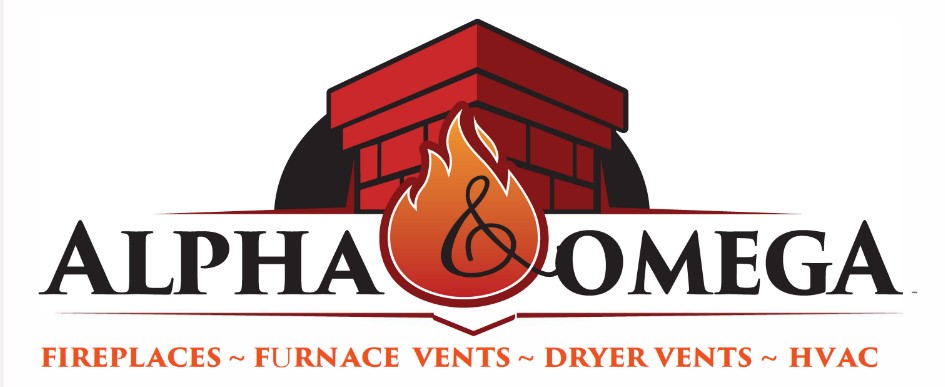
With The Winter Weather Ahead Of Us: How To Choose A New Chimney Cap?
As the colder months approach, homeowners are preparing their homes to withstand the winter chill. One often overlooked but essential aspect of winter preparation is the chimney. The chimney serves as a critical venting system, ensuring your fireplace functions properly. An integral part of this system is the chimney cap. A properly chosen chimney cap enhances efficiency, safety, and longevity. If you’re unsure where to begin, this guide will walk you through how to choose the best chimney cap for your home.
Understanding the Purpose of a Chimney Cap
A chimney cap might seem like a minor addition, but it plays a crucial role in the overall performance of your chimney. In essence, it is a cover that sits at the top of your chimney, usually made from durable materials like stainless steel or copper. But why is it necessary?
Key Functions of a Chimney Cap
- Prevents Water Damage: Water entering your chimney can cause significant structural damage over time. The cap acts as a shield to block rain and snow.
- Keeps Animals Out: Birds, squirrels, and other animals may seek warmth in your chimney. A chimney cap with a mesh screen prevents unwanted critters from nesting inside.
- Blocks Debris: Falling leaves, twigs, and other debris can clog the flue. This creates a potential fire hazard or prevents smoke from venting properly.
- Improves Safety: A chimney cap can prevent embers and sparks from escaping and landing on your roof or nearby flammable surfaces.
- Improves Efficiency: In extreme winter weather, downdrafts can force cold air back into your home through the chimney. A chimney cap with a properly designed cover reduces this risk.
Factors to Consider When Choosing a New Chimney Cap
When selecting a chimney cap, it’s essential to understand your specific needs and the components of the fireplace it interacts with. Several factors play a role in making the right decision.
1. Material of the Chimney Cap
Chimney caps are available in various materials, each with its pros and cons:
- Stainless Steel: This material is durable, corrosion-resistant, and suitable for most climates. Stainless steel chimney caps are a popular choice because they offer longevity without rusting.
- Copper: Aesthetically pleasing and highly durable, copper caps develop a unique patina over time. They’re more expensive but add a touch of elegance.
- Galvanized Steel: Galvanized caps are budget-friendly but prone to rust. These are best for short-term solutions.
- Aluminum: Lightweight and inexpensive but less durable, especially in areas with heavy rain or snow.
2. Size and Fit
A crucial aspect of choosing a chimney cap is ensuring that it fits your chimney correctly. You will need to measure the dimensions of your flue or chimney crown accurately.
- Single-Flue Caps: These are designed to cover one specific flue and are ideal for chimneys with one vent.
- Multi-Flue Caps: If your chimney has multiple flues, a multi-flue cap provides comprehensive protection and covers all openings.
To protect your chimney effectively, the cap must cover the entire opening while allowing adequate airflow.
3. Mesh Screen Size
The mesh screen on a chimney cap plays an important role in keeping out animals and debris. However, the size of the openings in the mesh is important.
- Smaller Mesh: Prevents small animals and even sparks from escaping but may collect creosote and soot faster.
- Larger Mesh: Allows more airflow and prevents clogging but may not keep out smaller pests.
Consider your location and the common wildlife in your area when deciding on mesh size.
4. Chimney Cap Style
Different cap styles can complement your home’s design and offer unique functional benefits:
- Flat Roof Caps: Simple and straightforward, these caps offer basic protection against water and debris.
- Hip Roof Caps: These feature a sloped roof design that prevents water and snow buildup.
- Wind-Resistant Caps: Designed for homes in windy areas, these caps prevent downdrafts that push smoke and cold air back down the chimney.
- Decorative Caps: Copper or custom-designed caps can enhance the visual appeal of your home.
5. Climate Considerations
Your local climate plays a significant role in determining the ideal chimney cap for your home. For areas with heavy snowfall, opt for a cap with a steeper sloped top to prevent snow accumulation. In regions prone to strong winds, wind-resistant caps are highly effective. If you live in a rainy climate, stainless steel or copper materials will withstand corrosion better than galvanized steel.
6. Installation Type
Some chimney caps are easier to install than others. If you’re planning to install it yourself, choose a model with a simple mounting mechanism, such as a clamp-on or bolt-on system. If the installation seems complex, consider hiring a professional to ensure it’s fitted correctly.
Why You Should Replace an Old or Damaged Chimney Cap
Neglecting a damaged or missing chimney cap can lead to significant issues for the components of the fireplace and your home as a whole. Here’s why replacing it is essential:
- Water Damage Prevention: Cracks in the chimney crown or flue tiles can worsen without proper protection, leading to costly repairs.
- Avoid Fire Hazards: A missing or defective cap can allow embers to escape, increasing the risk of rooftop fires.
- Pest Control: Small animals can create nests in your chimney, potentially blocking the flue and causing hazardous smoke buildup.
Professional vs. DIY Installation
You may be wondering whether you should install the chimney cap yourself or hire a professional. While many homeowners with basic tools and skills can handle a DIY installation, there are cases where a professional is recommended.
- DIY Installation: Best for simple, single-flue caps with easy mounting mechanisms. Always wear safety gear and ensure you have proper measurements before purchasing.
- Professional Installation: Necessary for large or multi-flue chimneys, custom caps, or if your chimney crown is damaged. Professionals can also inspect the condition of other components of the fireplace during installation.
Maintenance Tips for Your Chimney Cap
Once you’ve installed your new chimney cap, regular maintenance is key to prolonging its life and protecting your chimney.
- Check for Debris Buildup: Remove leaves, twigs, and soot from the mesh regularly.
- Inspect for Rust or Damage: For galvanized or steel caps, watch for signs of rust and replace them if needed.
- Schedule Annual Chimney Inspections: A professional chimney sweep can ensure your entire chimney system, including the cap, is functioning correctly.
Conclusion
Choosing the right chimney cap is essential to protect your chimney and maintain the efficiency of your fireplace during winter. By considering factors such as material, size, style, and your local climate, you can find the perfect chimney cap for your home. Remember, a well-chosen chimney cap not only safeguards your chimney from water damage, debris, and pests but also improves safety and enhances the components of the fireplace as a whole. With winter weather ahead, now is the time to ensure your chimney is fully protected and prepared for the season.
Need Fireplace Services in Your Area?
Here at Alpha & Omega Services, we take pride in providing top-quality fireplace solutions with over 25 years of experience. Whether you’re looking to upgrade your existing hearth or install a new system, our team of licensed Michigan mechanical contractors is here to help. From installation and repairs to chimney inspections and maintenance, we’ve got you covered. Let us bring warmth and elegance to your home with our expert fireplace and masonry services. Contact us today to schedule your next service—your fireplace deserves the best, and we’re here to deliver!
Categorised in: Chimney Caps




